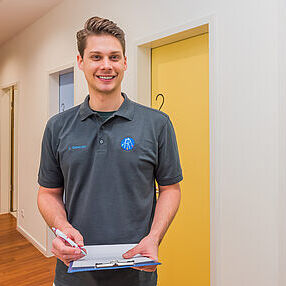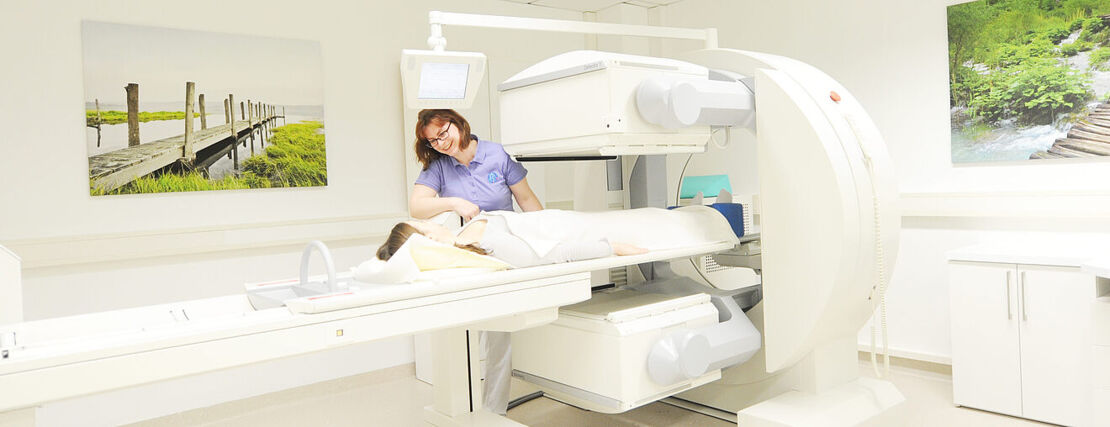Shining prospects for radiology with TrueNAS storage
Radiologie am St. Joseph-Stift GbR needed fast storage for thousands of data records and was immediately equipped with powerful systems by Starline.
Not surprising, because services such as magnetic resonance imaging (MRI), computed tomography (CT), periradicular pain therapy (PRT), digital X-ray, digital volume tomography (DVT), scintigraphy (nuclear medicine), bone density measurement, breast diagnostics or sonography (ultrasound) quickly add up to several terabytes. After all, a full-body CT alone requires around 1 gigabyte of data, which naturally needs to be stored securely.
Fortunately, the radiation specialists had young doctors in their midst who were familiar with storage and already knew TrueNAS - and ZFS in particular. This is why Lucas Gasenzer and Marlon Krug from the medical team were also entrusted with the storage project. For example, the IT enthusiasts moved away from the required RAID6 on their own initiative and favoured the more stable RAID-Z2.
Naturally, this was an open door to our tech-savvy sales expert, Phong Hoàng, whom they contacted in autumn 2023 - himself a big fan of ZFS. The concept for the in-house storage system was finalised shortly afterwards: two 4U TrueNAS servers, each with 36 drives and a net capacity of over 350 terabytes under RAID-Z2, were to be used to store the patient data in future.
A total of four 10 GbE ports - two onboard ports and two more via a PCIe card - provided the SMB connection to the 10GbE infrastructure and synchronisation between the two NAS. The radiologists also wanted this order to be secured by a full maintenance contract and Onsite Service Next Business Day. No sooner said than done: just a few days later, our logistics team had the manufactured servers on their way to Bremen.

In contrast, the migration of such systems is very lengthy. It took a full two months to transfer the existing data to the new storage system - and according to radiologist Gasenzer, this was exceptionally fast. This is because PACS systems transfer the data separately and then assign it to existing or new patients. A block-level copy is not provided for here.
In addition, incorrect data can cause the transmission to stop. The IT-savvy radiologists then tackled this problem themselves by setting up their own monitoring tools, which provided information via push notifications. As soon as the data rate dropped, they took decisive action so that the move could finally be completed in April 2024.
Since then, the radiology team's now independent IT has shone in new splendour - and not just their imaging diagnostics.





